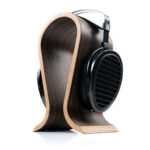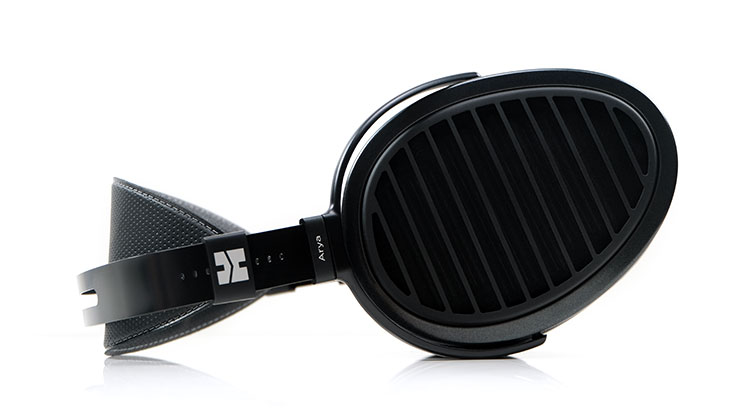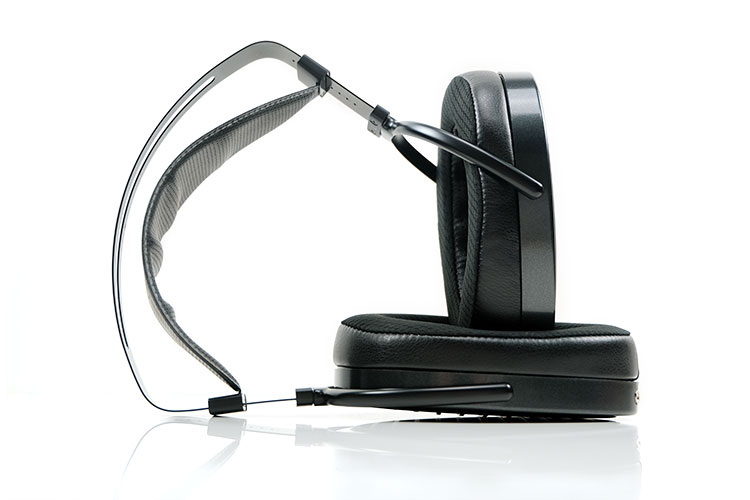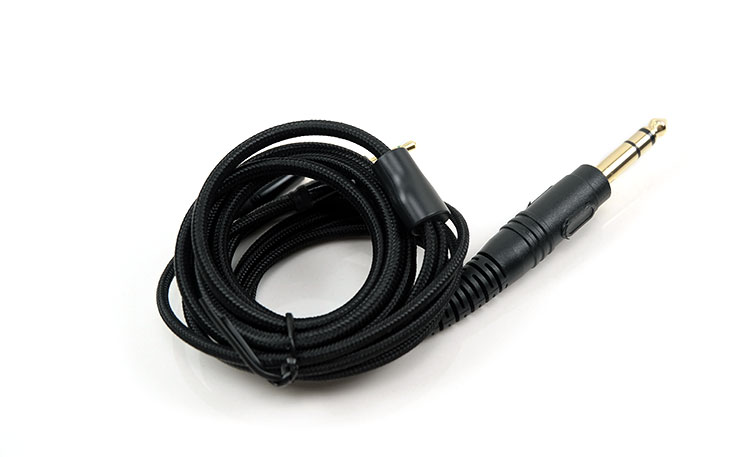In today’s review, we look at the HIFIMAN Arya Stealth Magnet Version. This is a revised edition of the original planar headphones featuring a new stealth magnet design. It is priced at $1599.
Disclaimer: The HIFIMAN Arya Stealth Magnet Version was sent to us as a sample in exchange for our honest opinion. We thank the team at Hifiman for giving us this opportunity.
To read more about the HIFIMAN products we have featured on Headfonics click here.
Note, this 2-page article follows our latest scoring guidelines which you can read up on here.
It has been a very long time since I visited the ‘midrange’ HIFIMAN planar headphones line up with the Ananda BT probably the last review way back in 2020. Since then, prices have moved, and new headphones have come out, namely the Arya back in 2019 with a price that sat comfortably between budget and flagship.
Come late 2021, HIFIMAN refreshed the Arya with the new Stealth Magnet Edition or the Arya Stealth Magnet Version officially. This is but one of a wide range of HIFIMAN headphones being revised with their new stealth magnet technology. Louis’s review of the Edition XS Stealth Edition a few weeks ago is one such example.
The price is unchanged from the original at $1599 which is a good move but just to warn you that I have never heard the original. That one escaped me a few years back but we do have plenty of HIFIMAN headphones above and below to compare with.
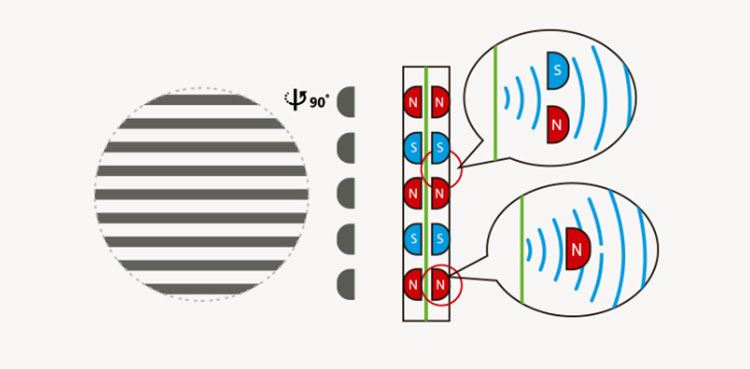
Tech Inside
Stealth Magnets
On a high level, the Arya Stealth is much the same as the original being an open-back planar driver incorporating a dual-sided magnet design and Hifiman’s nanotechnology for the diaphragm.
However, the Arya Stealth is the first revision of the original Arya out since 2019 and ties into the Stealth technology revamp in most of their headphones currently on the market.
It is by no means the first time I have come across the stealth magnet design. Back in 2017, we had the flagship planar, the Susvara which may have been one of the first out with stealth magnet arrays.
I am told that the magnet array is not asymmetrical in alignment does it deploy large and small magnets contrary to the original Arya driver construction. That makes it more or less the same design principle as the Susvara internals.
Rather, the magnets have a different physical shape and composition to allow sound waves to pass through from one side to another without creating any “interferences” such as wave diffraction turbulence and lowering distortion in the process. In a way they are being touted as being almost invisible acoustically, hence the term stealth.
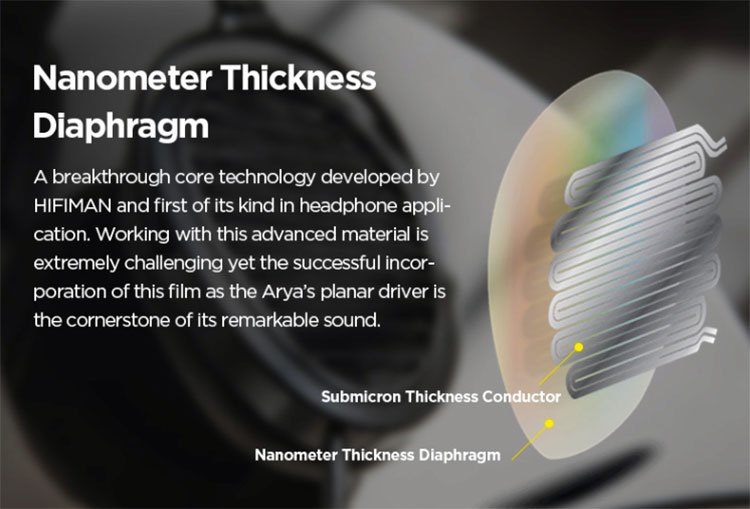
NsD
NsD stands for NEO “superman” diaphragm and whilst not something new to the Arya Stealth or the original it does seem to be almost the defacto driver diaphragm construction now for HIFIMAN.
The whole pitch is the thickness of the diaphragm which is at a nanometer level in terms of measurements. The quest for the thinnest diaphragm first showed up on the HE1000 back in late 2015 and since has had subsequent revisions to an even thinner level which is called NSD or a NEO ‘supernano’ Design.
Not only is the material light and low in mass, but apparently tight, really durable, and designed to produce a very high-quality fast sounding dynamic response compared to regular planar diaphragms.
Window Shade System
This tech has been around for a while now, right back to the original HE1000 if memory serves me correctly, and yes the Arya Stealth Magnet Version uses it much like the original Arya.
Designed primarily to combat second reflections its unique design is put together to give the headphone as open a sound as possible and free from distortions and vibration. Its secondary function is to give the driver a level of protection from bumps and knocks within those big open cups.
Design
The Arya Stealth uses my preferred HIFIMAN form factor and design language and it is quite a classic in all honesty. I would say most HIFIMAN fans would prefer this over the round cup HE6 style Gen 1 design and perhaps even the newer single band heavily cushioned options seen on the HE-R10D.
This almost teardrop shaping is plucked from the original HE1000 series and it is an aesthetic that crops up time and time again such as the original Arya and to some extent the Ananda. It’s a striking visual with elongated and very comfortable earcups, big open grill plates, and a lightweight spring steel headband with a tensioning pressure strap underneath.
The materials are a mix of plastic and steel and whilst by no means the lightest full-sized planar headphone on the market these days, the 430g weight is properly distributed and a fair result for a dual-sided magnet construction.
The steel part is the headband arch and wide gimbal with the rest is a lightweight high-grade plastic construction. One other thing I noted from the older but similar designs is the lack of visible screws on the gimbal joints of the Arya Stealth. For the Ananda and the Edition XS, you will see them. This is more in line with the HE1000 Series finishing.
The paint job is black, and I mean “night” black including the external grills, spring steel headband, and the plate rings. This sets it apart from the likes of the Ananda and the XS. It is also a million miles away from the wood veneer and silver of my older HE1000 V2.
The coating is also a shiny piano black, almost a return to the old HE-6 finishing rather than the matte finish of the Ananda. Original Arya owners should be fairly familiar with this finish.
Comfort
Up until the launch of the Meze Empyrean and Elite, I would have said the Arya Stealth form factor is one of the most comfort and well-balanced headphones you can get. It still is, though at 430g there are lighter in the market.
Still, the pressure balance is excellent with the pressure strap and articulating pivot joints on the gimbal able to adjust laterally and vertically to get the fit just right. The huge teardrop-shaped or semi-oval cup with matching hybrid pads easily cleared my ears also so you will find no discomfort there also.
The one critique I do have of these types of earcups is the length of them. For some, it can terminate quite far down your neck with mine just below my jawline. Being an open back the Arya Stealth seal is a moot issue and Hifiman has sensibly kept the 3.5mm sockets angled to prevent the cable from interfering with your shirt collar.
One thing I did note about the pressure strap is a subtle ribbed cushioning which is not on the Ananda version. The older strap was just a flat piece of faux leather whereas this one has a bit more cushioning.
The clamping is just right also on the Arya Stealth. Not too much like the LCD-5 can get for my head and not too loose either that it hands uncomfortably on your ears.
Due to the size of the cups and the magnets in there, you would expect a lot of downward pressure from the Arya Stealth but not so. This is mitigated by the lateral clamp so the stability is good, better than the Edition XS’s taller single band system which has a reduced contact spot making it easier to shift when moving.
Stock Cable
The Arya Stealth retains the original Arya’s 1.5m single crystalline copper cable which is a wire material HIFIMAN has been using since the original HE1000. I have no complaints about its performance sonically but the design feels more in tune with a portable headphone than a desktop or home use design.
The original whacky medical-style IV tubing is long gone though and instead, you get a much more sensible nylon cloth black jacket. The downside is that it can be quite a memory retentive cable and a bit stiff straight out of the initial roll. I would have liked to have seen it in a softer jacket and a bit longer or an alternative at 3m for home use given it’s an open-back headphone.
The cable is terminated with a 6.35mm gold-plated SE plug and 3.5mm jacks on the socket side with a very low-profile but cheapish plastic splitter. Again, another longer cable terminated with a balanced 4.4mm or 3-pin XLR would have been a worthy inclusion at this price point.
Packaging & Accessories
The Arya Stealth has a relatively similar unboxing experience to the Deva and the Sundara. For original Arya owners, it is practically the same box but the internal organization is just slightly changed for the cable storage.
This is HIFIMAN’s standard headphone box with zero quirks or decorative garnishes. The same as you would see for many a headphone, and honestly, that is a good thing. Product packaging is more competitive than you think for the marketing dollar.
However, those days of elaborate leather and wood finished boxes are now reserved for the flagship models which is a shame. True, it does save a lot on costs which seem to be better put to use on the headphones themselves but I do miss the leathery finish of the old ($999) Ananda packaging and the Arya Stealth is a $1599 headphone after all.
There is no carry case for the Arya Stealth but rather you get the foam and satin overthrow from the original Arya box with the headphones firmly inserted in the center. To the top, there is a manual, warranty card and just underneath (though still above the headphones), is the cable.
Here, HIFIMAN got rid of the foam cable lid and just stuck the cable itself in the middle. However, it doesn’t feel like the cable will move around, it’s fairly tight in its cubby hole.
Sound Impressions
Summary
Although I do not have the original Arya here, simply by comparing it to a lot of the previous generation HIFIMAN headphones and the Edition XS you can tell right away that the company has made a serious effort to deliver a weightier and slightly smoother house sound signature.
And the Arya Stealth is indeed that; a stiffened and impactful bass response, a more neutral midrange coloration with a confident and more robust vocal delivery over the likes of the Ananda, and a lively but coherent treble.
If you felt the Ananda was too relaxed sounding the Arya ups the energy, improves the dynamic range, and makes everything just that little bit more exciting to listen to. In short, it engages you rather than simply presenting the music passively.
For those with the Edition XS thinking is it worth the upgrade then yes, it is on a different level. They share the same broad house tuning but you hear a lot more information and delicate cues with the Arya Stealth driver.
It also has a tighter level of control on the bass, improved layering, and more headroom. The Arya Stealth also has a faster driver and one that sounds more resolving. It is on another level and rightly so.
Do you need a power plant to drive it? No, not really but it can scale. Our testing gave us some lovely timbral variations ranging from cold, clean, and punchy to euphonic and creamy with mildly powered DAPs. However, the one consistency was a slightly polite delivery in all but the likes of the FiiO M17.
Once you go desktop, the Arya Stealth scales really well without any noticeable clipping. Feed it more power and that bass response just hits deeper and the treble gets even more control.
Frequency Response
The Arya Stealth’s bass tuning, particularly sub-100Hz has a strong 50-60Hz dB elevation and less of a roll-off compared to the likes of the Ananda.
Below 50Hz, the Arya Stealth curve is relatively linear with no further dB extension so despite being a more physical and robust tuning compared to older models it is not an overwhelming bass response per se.
What pleases me most about this new tuning is the transient response of the driver and just how much speed and clarity HIFIMAN has been able to retain in the Arya Stealth’s bass performance despite the uptick in presence.
From 200Hz to 1k, the Arya Stealth remains quite linear and relatively neutral. There is only a small dip between 1-2k which is fairly consistent in the company’s house tuning. Some lower pitching vocals and instruments can sound relatively neutral in their imaging as a result of the bass to lower-mids FR gain tuned a few dB higher.
Head gain is excellent though from 2-4k on the Arya Stealth. Higher pitching vocals are a lot more forceful and benefit from a clean treble overtone giving them a vivid and clear quality. Detail retrieval is dead easy to pick out over this range with firmer imaging that makes the Ananda sound somewhat diffuse by comparison.
There is a fair amount of treble energy around 6-8k but not excessively so with the upper treble around 8-10k just tapering down ever so slightly.
That means higher pitching notes have a slightly bright overtone but that never seems to translate to an overly thin or sibilant quality through the raised upper mids. Synergy with sources both in terms of tonal bias and output power can calm it down or amplify it.
Timbre
As a standalone headphone, the Arya Stealth has a relatively neutral tonal quality through the mids going slightly north of neutral on the highs and a degree warmer and denser on the lows.
Compared to the likes of the Ananda the note quality is a bit more robust sounding for me and lacks that bass bloom through the upper bass. If you are coming from the flagship headphones such as the HE1000 V2 it lacks the same level of detail and upper treble extension so it is not as airy or expansive but can be considered a bit smoother and weightier in tone.
Higher pitching notes, particularly those pitching in the upper mids and even higher will pick up a little more odd harmonic influence though the drop around 10k means it’s not particularly ethereal or thin sounding.
The Arya Stealth treble coloration is probably best described as finely balanced with a default clean quality. Slip it some brighter mixes or a bright hard-edged sounding source and chances are you will hear that come through.
I tend to mix and match a smooth solid-state amp or a tube amp with a solid-state rectifier such as the Feliks Envy combined with an R2R DAC like the Pegasus from Musician Audio to delicately soften percussion and vocal note leading edges. The resulting timbral performance is still very precise but smoother in its delivery.
Staging & Dynamics
Staging on the Arya Stealth is less about extreme width and height and more about impressive imaging and excellent dynamic range performance.
Not that the staging is compressed, far from it, it is much more spacious and bigger sounding compared to the Ananda. Rather, it’s the imaging and the perceived quickness in its delivery that makes it a striking upgrade on the lower-tier models.
However, there is some relative forwardness in the Arya Stealth staging when compared to the Ananda for example. The sub-to-mid-bass positioning is more aggressive and female vocal imaging is upfront. If you are after a laid-back sound the Arya Sealth is probably not the best choice for you.
Back to the imaging, and again if you are coming from the Ananda, it sounds a lot more complex but still very precise at the same time. Particularly so through the mids which are a lot more resolving and controlled compared to the relatively diffuse and hollowed out staging of the Ananda.
The improved treble presence also shines a better light on nuanced cues so there is enough air for vocals to come through clean and clear. It is not quite as spaced out or airy as something like the HE1000 V2, the staging is more rounded than expansive but it never sounded congested or vague for instrumental placement.
Click on page 2 below for pairings and select comparisons


